The increasing pace of change throughout the cyberspace battlefield requires Defense Information Systems Agency‘s mission to move at the “velocity of action to win,” while meeting the needs of the warfighter across the globe, the agency’s lead officer stated.
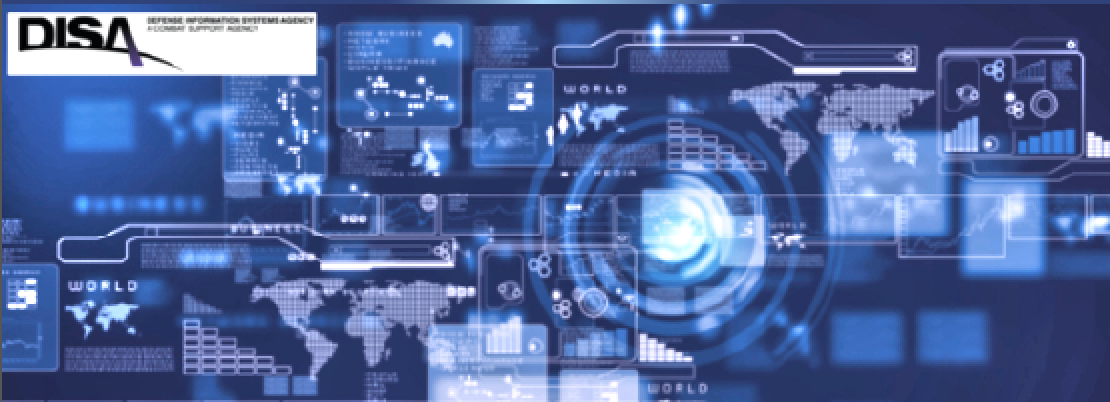
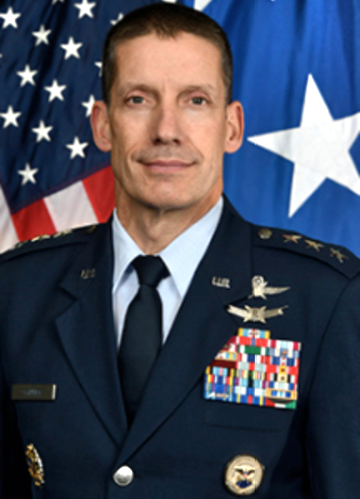
Lt. Gen. Robert J.
Skinner
In the past five years, China accelerated its cyber capabilities at an alarming rate and continues to use the domain and data to support their own agenda, said U.S. Air Force Lt. Gen. Robert J. Skinner, DISA director and JFHQ- DODIN commander, during the 2021 AFCEA TechNet Cyber conference.
Along with China, near-peer competitors, non-state actors and extremist organizations, have demonstrated their cyber-related capacities by challenging military, industry and government networks.
“The Department of Defense Information Network is made up of 300 million Internet Protocol version 4, or IP, address spaces,” Skinner said, adding that the DODIN is the third-largest network behind the U.S. and China. “The ability to command and control, secure, operate and defend the DOD’s network is important.”
Prior to the COVID-19 pandemic, close to 80% of the DISA personnel were operating on-site. In-place numbers have decreased to less than 20%, as the agency continues to work remotely to deliver tools and systems to support the warfighter and DOD at a rapid rate.
Moving forward, DISA must convey a “transparency of understanding” with mission partners and industry to collaborate and determine enterprise-wide solutions. The agency will also need continued support from industry partners to ensure the fidelity of future networks.
Organizational redesign, new strategic plan DISA recently completed a budgetary review and an organizational restructure to generate efficiencies across the force. Leaders also released a strategic plan to sharpen DISA’s mission across five lines of effort through fiscal year 2024, Skinner said.
These LOEs include:
• Prioritize command and control, or C2
• Drive force readiness through innovation
• Leverage data as a center of gravity
• Harmonize cybersecurity and the user experience
• Empower the workforce
“We came up with an organizational structure to reduce complexity and enable greater interaction and collaboration with industry,” Skinner explained.
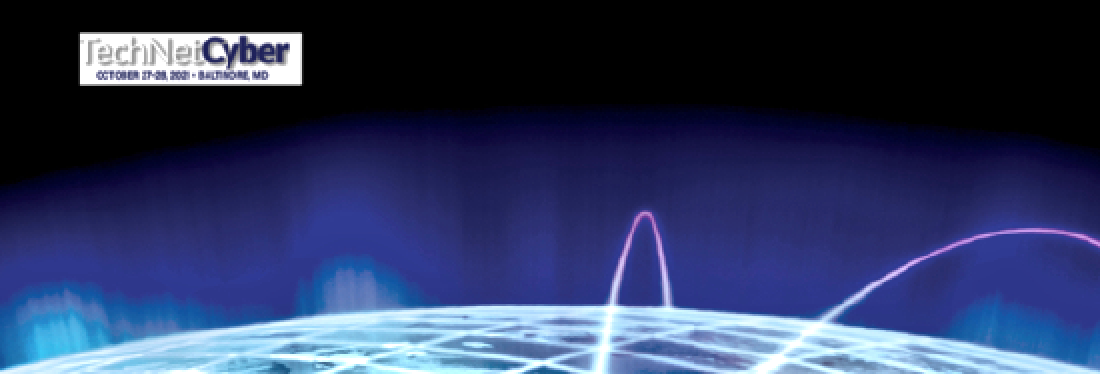
Prioritize Command + Control
Command and Control information (C&C) is a dependable enabler for the warfighter and mission partners. Under the strategic plan and first LOE, DISA will prioritize C2 systems and capabilities to gain a “high ground” advantage over near-peer competitors and outside threats, he said. “The No.1 area in my eyes continues to be command and control. As a combat support agency, we cannot fail in our ability to deliver C2 to our senior leaders to the tactical edge,” Skinner said. “DISA must enable the distribution of information across future battlefields through Joint All- Domain Command and Control.”
Under the DOD-led initiative, JADC2 will connect sensors from the Army, Marine Corps, Navy, Air Force and Space Force system into one network to streamline C2 operations.
“DISA is at the heart of C2 and the heart of JADC2. That is why we are prioritizing command and control,” the General said. “We have to organize the battlespace to ensure 100% is secured.”
Drive Force Readiness
The agency’s second LOE, drive force readiness through innovation, will target DISA’s speed of innovation and modernization.
Proper integration with industry partners is crucial to the way ahead, as DISA continues to drive readiness through times of fiscal uncertainty. Skinner mentioned the need for enterprise-wide solutions to ensure that the DOD is receiving the best value for their investment.
“Help us drive that force readiness into the future,” he said. “I need industry’s help to not play the other services against each other in pricing.”
Enterprise Innovation + Integration Center
The enterprise innovation and integration center will also help reduce the time required to develop, secure, test and field new IT capabilities and services, and stay relevant at the speed of change.
The LOE would also incorporate artificial intelligence and machine learning solutions to streamline processes.
Data is a vital strategic asset and a key enabler to C2, as it drives mission effectiveness through proper dissemination and utilization.
“There is so much data out there, it makes you head spin,” Skinner said. “If you own the data — you will own the high ground at the end of the day.”
Skinner said that DISA recently added a chief data officer position to develop initiatives under this LOE further. The agency will also need industry support to harness AI and machine learning to create scalable and secure solutions as the agency advances a big data analytics platform, he said.
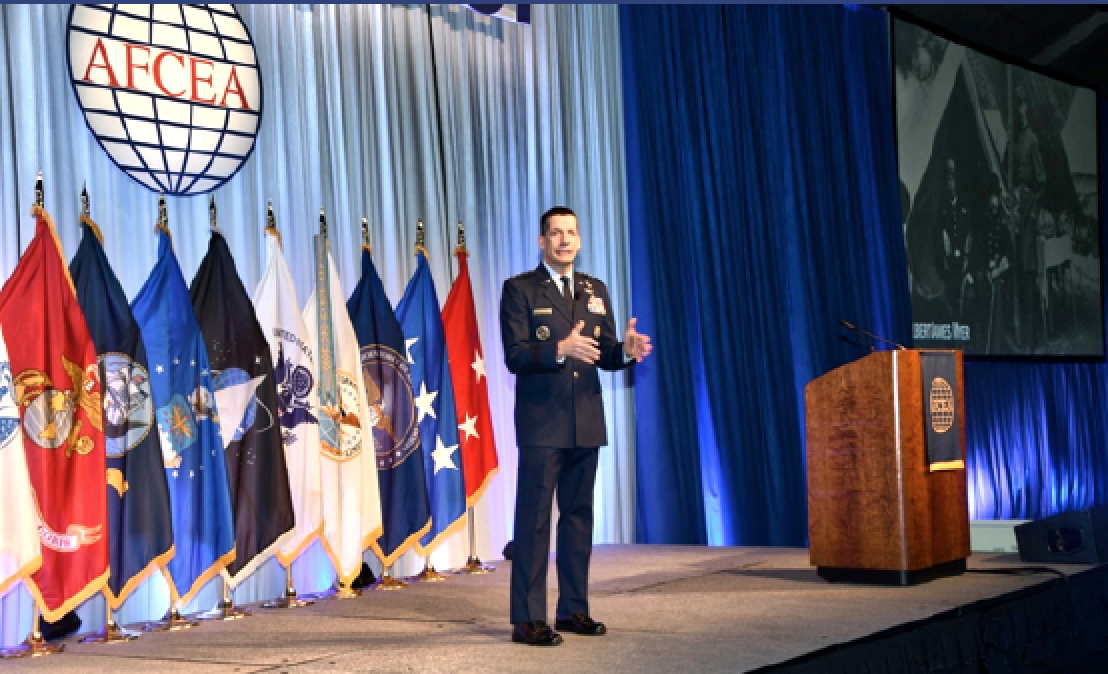
Harmonize Cybersecurity
Tied to DISA’s fourth LOE, harmonize cybersecurity and the user experience, leaders have taken actions to enhance and centralize threat-based defense proficiencies.
Zero-trust security, for example, improved the identity management architecture across the networks creating a strict authentication process for all trusted or untrusted networks, devices, and users.
Additionally, the Thunderdome program will further improve the zero-trust environment and allow the DOD to protect its data throughout the growing cloud-based environment.
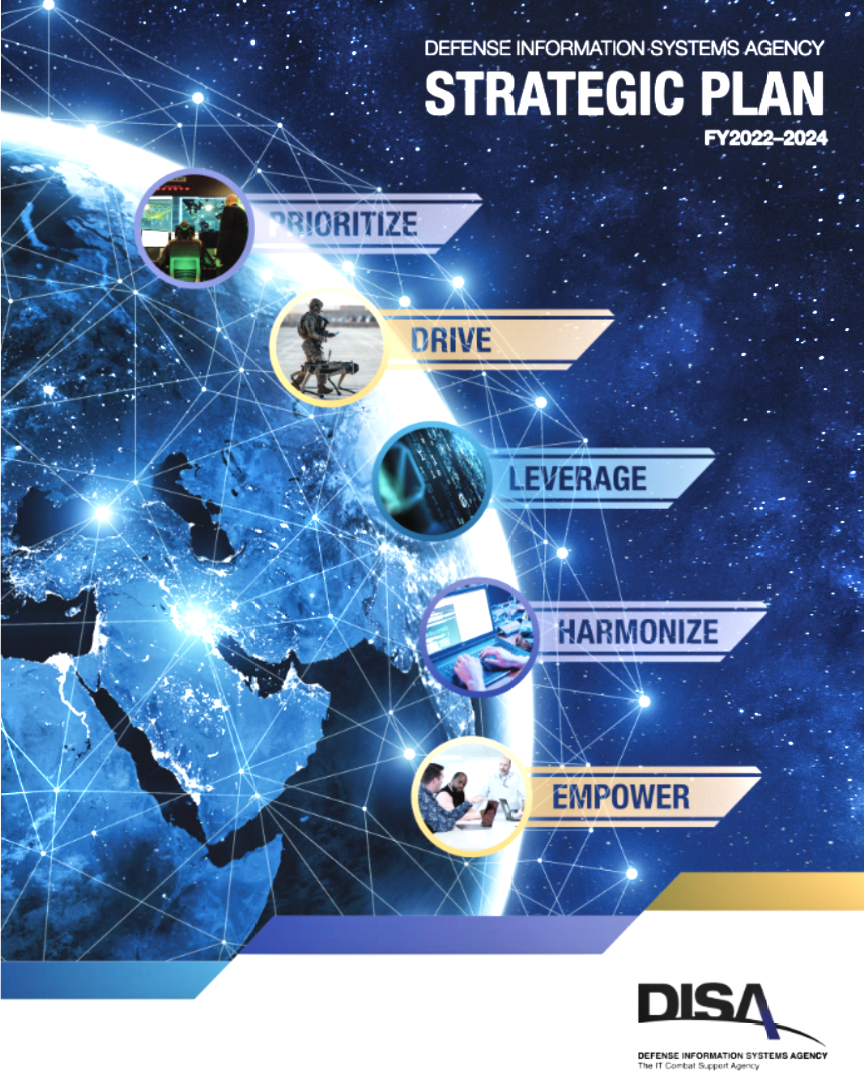
“We will not be successful in the future, if we don’t have proper and secure identity management,” Skinner said. “The CAC has been an amazing piece of the puzzle from a security standpoint, but it is 10 to 15 years old. There is better technology out there today that can serve as a primary means of authentication,” he said.
Empower The Workforce
The final LOE, empower the workforce, will focus on proper recruiting and retention efforts to maintain the DISA mission, Skinner said. An abundance of available cyber-related careers across the U.S. puts DISA in direct competition with other civilian, government or military organizations.
DISA remains committed to developing and growing a diverse group of talent.
To properly leverage the growing workforce, leaders must work to remove “institutional silliness out,” or “artificial barriers that prevent growth,” he said.
Available for reading is DISA’s Strategic Plan FY22-24 at this direct infolink…


